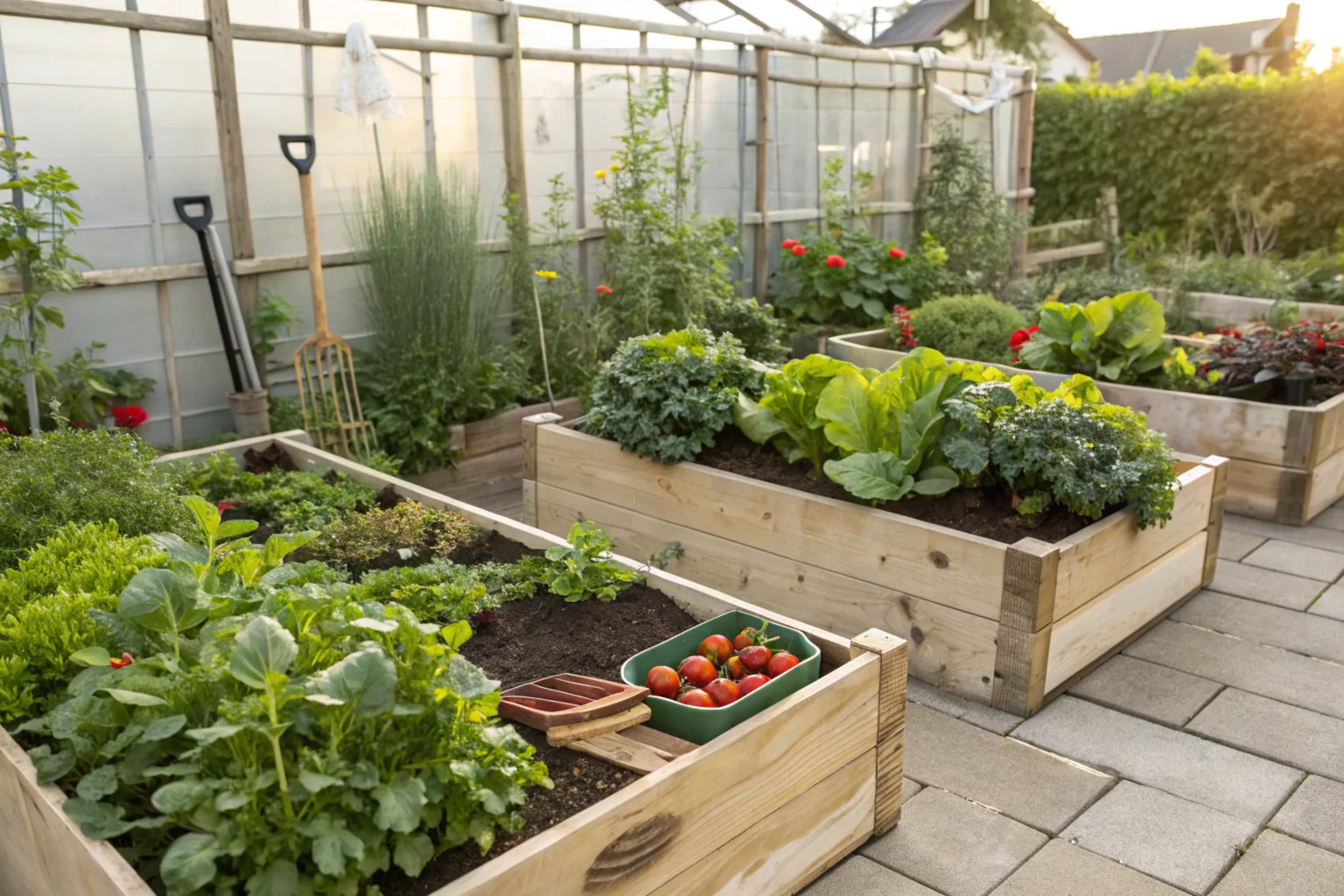Growing your own vegetables is more than just a hobby—it's a journey of connection with nature, a path to healthier eating, and a rewarding adventure that transforms your backyard into a productive oasis. Whether you're a complete novice or have dabbled in gardening before, vegetable garden planning is the critical first step that can make the difference between a bountiful harvest and a disappointing season.
Why Vegetable Garden Planning Matters
Successful gardening doesn't happen by accident. According to a 2022 National Gardening Association survey, 67% of home gardeners report higher success rates when they thoroughly plan their vegetable gardens in advance.
Planning isn't just about throwing seeds in the ground—it's about creating a strategic approach that maximizes your space, resources, and potential yield.
Assessing Your Garden Space for Vegetable Cultivation
Before you dig your first hole or purchase a single seed, take a critical look at your available space. Here are key considerations:
- Sunlight Exposure: Most vegetables need 6-8 hours of direct sunlight daily
- Soil Quality: Test your soil's pH and nutrient levels
- Water Access: Ensure you can easily irrigate your garden
- Space Limitations: Determine if you're working with:
- A spacious backyard
- A small urban patio
- Raised garden beds
- Container gardens
Understanding Your Growing Zone and Microclimate
Your local climate plays a crucial role in vegetable garden planning. The USDA Plant Hardiness Zone Map is an essential tool that helps you understand:
- Which vegetables will thrive in your specific region
- Optimal planting and harvest times
- Potential challenges like frost dates or extreme temperatures
Creating Your Vegetable Garden Layout
Designing for Maximum Efficiency
Professional gardeners recommend several layout strategies:
- Companion Planting: Group plants that benefit each other
- Crop Rotation: Prevent soil depletion and reduce pest problems
- Vertical Gardening: Maximize space using trellises, stakes, and climbing structures
Pro Tip: As legendary gardener and author Mel Bartholomew suggests in his Square Foot Gardening method, you can produce significant yields in minimal space by strategic planning and intensive cultivation.
Essential Vegetables for Beginner Gardeners
When you're just starting out, focus on these relatively easy-to-grow vegetables:
- Tomatoes
- Lettuce
- Zucchini
- Beans
- Radishes
- Herbs (basil, cilantro, mint)
Seasonal Planting Strategy
Understanding your local growing seasons is crucial. Here's a general guide:
- Spring: Peas, lettuce, spinach, radishes
- Summer: Tomatoes, peppers, cucumbers, beans
- Fall: Kale, broccoli, carrots, brussels sprouts
Preparing Your Garden Bed: Step-by-Step Process
- Clear the Area: Remove grass, weeds, and debris
- Test and Amend Soil:
- Conduct a soil test
- Add organic matter like compost
- Adjust pH if necessary
- Create Raised Beds or In-Ground Plots
- Install Irrigation Systems
- Plan Your Planting Grid
Tools and Supplies You'll Need
Budget-friendly essentials for your vegetable garden:
- Quality gardening gloves
- Hand trowel
- Pruning shears
- Watering can or hose
- Compost or organic fertilizer
- Seeds or seedlings
- Mulch
- Basic measuring tools
Common Vegetable Garden Planning Mistakes to Avoid
- Overcrowding plants
- Ignoring soil health
- Planting at the wrong time
- Neglecting pest management
- Inconsistent watering
Expert Insight
Dr. Linda Chalker-Scott, a renowned horticulturist, emphasizes: "The most successful gardens are those where gardeners understand their local ecosystem and work with it, not against it."
Sustainability and Eco-Friendly Practices
Your vegetable garden can be more than just a food source—it can be an environmental asset:
- Use organic seeds
- Practice water conservation
- Implement composting
- Attract beneficial insects
- Minimize chemical interventions
Budgeting for Your Vegetable Garden
Start small to manage costs:
- Begin with a modest 4x4 foot raised bed
- Start seeds indoors to save money
- Share resources with neighbors
- Use recycled containers
- Invest in quality tools that last
Monitoring and Maintaining Your Garden
Regular care is crucial:
- Water consistently
- Remove weeds
- Check for pest signs
- Prune and support growing plants
- Keep a gardening journal
Conclusion: Your Garden, Your Journey
Vegetable garden planning is an art and a science. It requires patience, learning, and a willingness to adapt. Don't be discouraged by initial setbacks—every experienced gardener started exactly where you are now.
Start small, stay curious, and enjoy the process. Your first homegrown tomato will taste infinitely better than anything from the supermarket—we promise!
